
|
We don't usually give a second thought as to how long we've had a household item - particularly if it is something like a pillow, or a mattress. But while they may look clean on the surface, these seemingly innocent household items can actually harbor potentially harmful bacteria when used for too long. We've examined 10 household items, and when you should actually throw them out! |
1. Pillows |
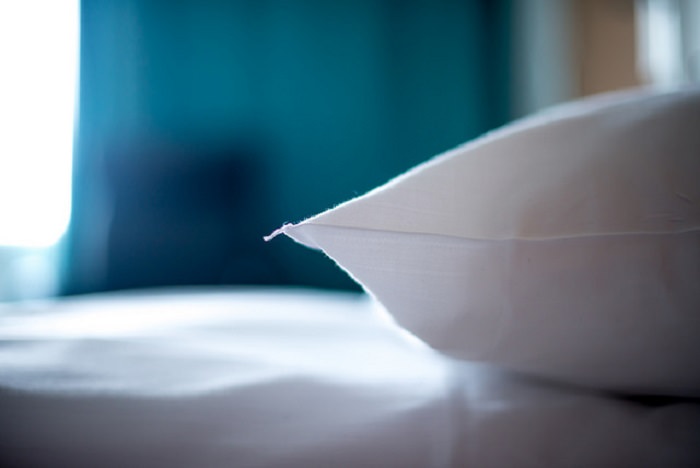 |
|
Source: Flickr.com, Jason Trbovich Replace: Every 2 years Pillows should be washed regularly, and should be replaced every two years. Dirt, hair, body oil and dead skin get trapped in your pillow's fabric and stuffing after a year of nightly use, making it a breeding ground for odor causing bacteria and allergy triggering dust mites. Pressure on the pillow as you sleep will also cause it to flatten and develop uncomfortable bumps. A great way to test if your pillow still has life in it is to fold it in half and rest your hand on top of it for 30 seconds. If the pillow remains folded, it's time to buy a new one. |
2. Mattress |
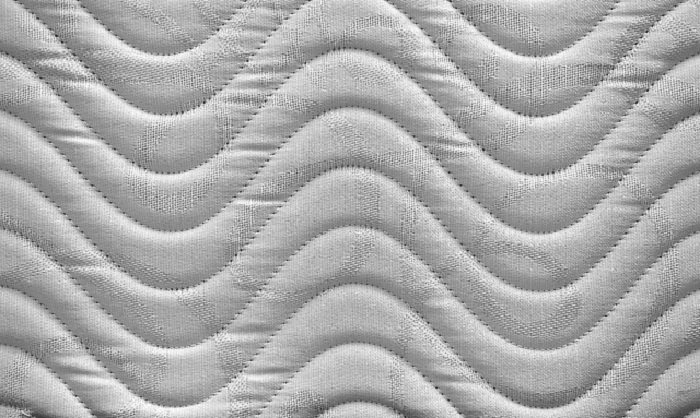 |
|
Source: Flickr.com, Dean Hochman Replace: Every 7 to 10 years According to the National Sleep Foundation, a good mattress will last nine to 10 years, and flipping it and rotating it every year will help it last longer. But, if you have trouble sleeping, your mattress will need changing every five to seven years, as doing so will also result in less back pain. Mattresses also attract dirt and collect dust and allergens that cannot be removed so it is important to change yours at least once a decade. |
3. Towels |
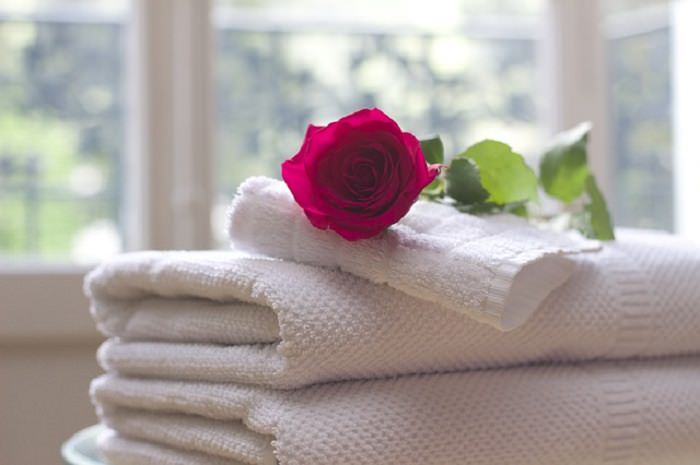 |
|
Replace: Every 2 years Towels that are used often (even with frequent washing) take a beating. Overtime they become threadbare, meaning that they will no longer dry your body thoroughly. |
4. Toothbrushes |
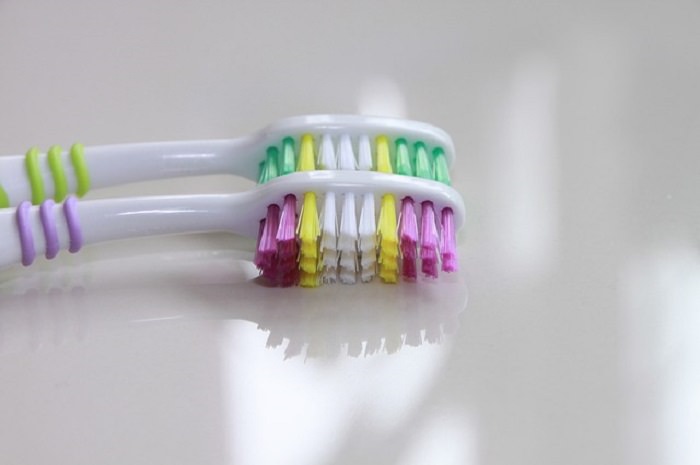 |
|
Replace: Every 3 months Dentists recommend changing your toothbrush every 3 to 4 months because during that time frame, they develop frayed bristles which remove plaque a lot less effectively than a new brush does. Replacing your toothbrush on a regular basis will also help guard against harmful bacteria which can lead to gingivitis and tooth decay. |
 |
5. Cosmetics |
 |
|
Replace: Every 3 months to 3 years Eye makeup will keep for up to 6 months after opening as applicators used to apply mascara, liner and shadow are repeatedly exposed to bacteria in the air and on your lashes which can result in an infection. Makeup brushes should be washed regularly and replaced every two years. Liquid products that do not touch the eyes will also keep for two years, whilst dry face products like powder and lip cosmetics are generally formulated to last for around three years. |
6. Perfume |
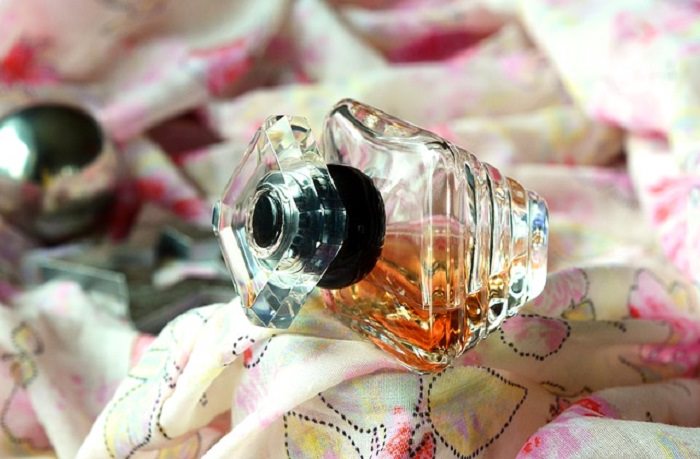 |
|
Replace: Every 2 years As perfumes are often exposed to light, heat and air, perfume notes get lightened and altered, weakening their scent. |
7. Running/walking shoes |
 |
|
Replace: Every 300 to 500 miles Judge how much life is left in your shoes by the way they feel. Whenever a running shoe becomes uncomfortable, take that as a sign to dispose of it. Another deciding factor is the foam-like material in the mid-sole of the shoe which stops bouncing back after some time, thus losing its shock-absorbing capacity. This can lead to heel and arch pain and also stress fractures. |
8. Chopping board |
 |
|
Replace: Every 3 years Chopping boards should be well sanitized after each use, and should be changed when they develop deep cracks and grooves. The board should be washed with detergent and hot water, then rinsed and flooded with a solution of 1 part full strength vinegar to 4 parts water leaving it to sit for at least 5 minutes. Once rinsed with clean water, pat with a clean towel and air dry. |
9. Wooden spoon |
 |
|
Replace: Every five years Replace wooden spoons every five years, or earlier if the wood cracks or any part has softened or darkened as this could mean that the wood is rotting and retaining bacteria. Wood is also more porous than plastic or metal, making it more susceptible to carrying germs and bacteria. |
10. Kitchen Sponges/Cloths |
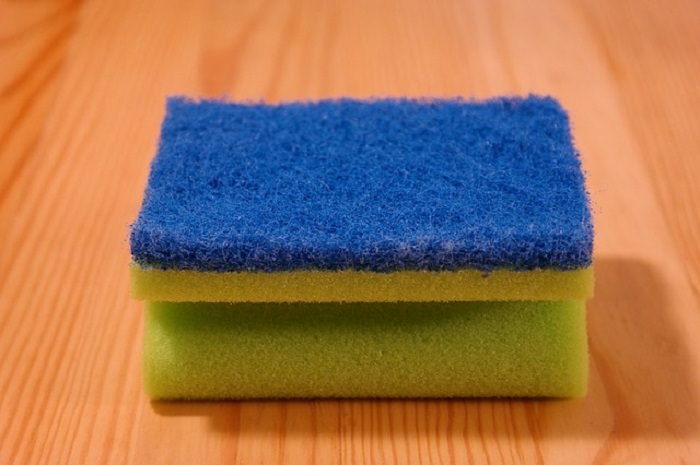 |
|
Replace: Every month Kitchen sponges are warm, damp and porous, making them an ideal breeding ground for bacteria. In such conditions, one bacterium can multiply to more than four million in just eight hours, meaning that kitchen sponges can become 200 times more infested than a lavatory. Sponges also spread germs around easily as they are moved from surface to surface. Ideally, different cloths should be used for different jobs, so one for dishes and another for worktops. Be sure to rinse sponges well, dipping them in disinfectant and rinsing them in piping hot water. Wet sponges may also be put in the microwave for two minutes on full power. |